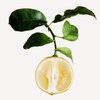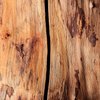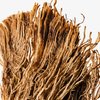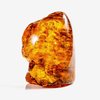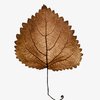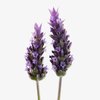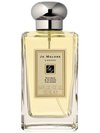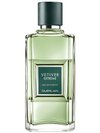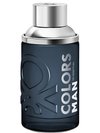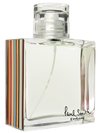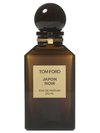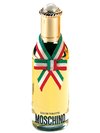Nutmeg
Very facetted scent alternating warmth and freshness, spicy, soft, aromatic.
A wintry scent of warmth and wonder. A unique combination of warm, fresh, spicy facets intermingle in a charming scent that is mostly used to add hints of spiciness to complex accords. Its soft, aromatic facets add an air of charm to Eaux de Cologne and Eaux de toilettes for men, as well as a myriad of ambery fragrances.
Data sheet
- Type
- Extraction Method
- Used parts
- Natural raw material
- Steam distillation
- Nuts (stone inside the fruit)






